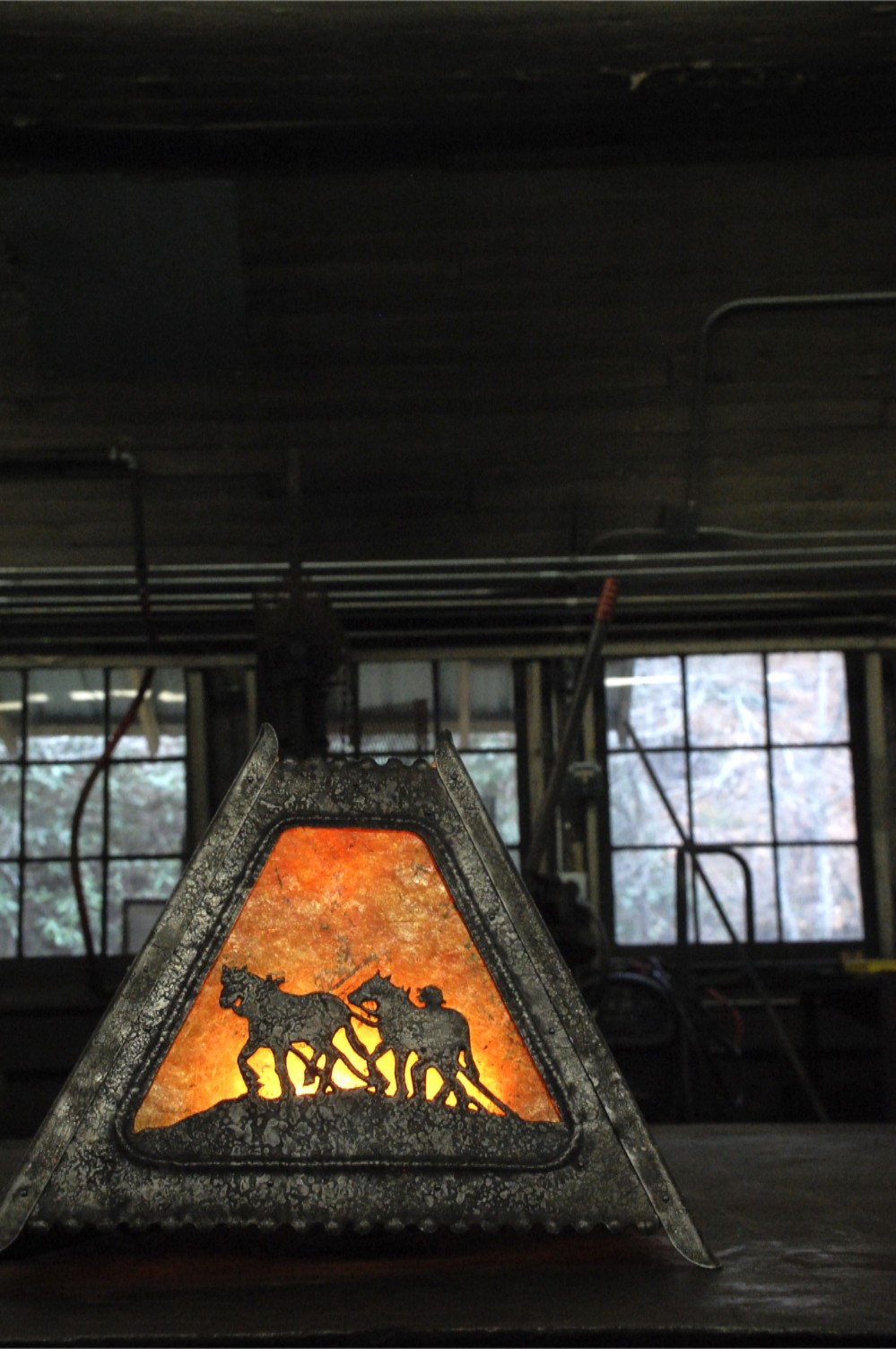
22 Apr Iron, Cold Iron, Is Master of Them All: An Interview with Paul Garrett
Blacksmith Work Week is an annual Folk School tradition, bringing 20 professional blacksmiths/instructors from around the country together to volunteer their time for the purposes of 1) beautifying the Folk School campus with functional ironwork; 2) repairing and creating new tools and infrastructure for the Blacksmithing program; and 3) spending a week learning and exchanging in the company of peers and mentors.Work Week was started by Clay Spencer (namesake of the new blacksmith shop) in the early 1990s and is currently coordinated by Paul Garrett, resident artist blacksmith. I had the chance to visit the shop and interview some of the blacksmiths as they put finishing touches on their projects and reflected on their connection to this very special community and yearly opportunity to participate in Work Week.
Leah Dolgoy: Paul, how’s it gone this week? What were your priority projects and what’s been accomplished during Work Week?
Paul Garrett: There were many priorities this year. One was making chandeliers for upstairs. They won’t get done this year but we’ll keep working on them next year. The shop is named after Clay Spencer so I gave Clay free reign on the design and he chose something very contemporary and out of the ordinary. Other priorities included work in some of the studios. We mounted some equipment for the Jewelry studio. We built a pot rack for the cooking studio. And we finished installing the door latches I made for the main door to the new blacksmith shop. We made two treadle hammers, and two treadle torches. We fixed a lot of tools – hammers and tongs, punches and grips. We also do whatever else pops up. I really wanted to do the Keith House door so that got done this year. We etched and epoxied the bathroom floor in the shop so that housekeeping can come in and clean it more easily now. Then there are all the little things that come up. I have these little job sheets that I put out and I find that works well. People pick their jobs based on their area of interest and expertise.
LD: What does it mean to be the coordinator of this thing that everyone regards as so special?
PG: For me, it’s an honor and a privilege to be a part of Work Week. I just love having everyone here. As the coordinator, it’s up to me to make the most of it. We have 1000 hours of volunteer labor every year. My role is to keep everyone else working, and to make sure that they can get what they need to get the job done. Funny story – 13 or 14 years ago I came here as a student, and I asked Clay if I could come to Work Week. And basically he said no, because he had enough people and he didn’t really know me that well. (laughs) It wasn’t to be mean or anything. He just had his team that he needed. I understand that now that I am on the other side of it. I believe this is my 10th year as the Work Week coordinator.
Next I asked Clay about the history of Work Week and his involvement with it.
Clay Spencer: In 1992/93 I had some guys come up for just a weekend. In 1994, we worked on the Frances Whittaker sign. In 1995 we started the red railing over by the dining hall, and we have been going ever since. To start with, it was just a weekend and our wives were feeding us up in Hubbell House. They didn’t like that too much. I asked the School to give us a week and it grew from there. When you look around the shop at all of the vice stands and anvil stands, tools and parts – most everything in here is connected to Work Week. One year we put the brick floor in the Francis Whittaker shop. I wish I had kept a list of all the people and all the projects over the years.
In addition to Clay Spencer, two of the longest serving Work Week blacksmiths, Doug Merkel and Steve Williamson chatted with me about what they were up to during Work Week.
Doug Merkel: I’ve been repairing tongs, helping with the handles for the doors that connect the two shops, as well working on new rivet headers that will be used for classes in the future. I worked on that with Julie Clark. The tools in the shop need to be serviced regularly because students get them hot and sometimes accidentally bend them out of shape. If you want to see how good a tool is, you should give it to a school and see what’s left of it at the end of the year.
LD: It’s amazing to me that blacksmiths make and repair their own tools.
DM: The blacksmith is the king of the craftsmen. There’s a whole poem about it by Rudyard Kipling.*
LD: How long have you been coming to work week?
DM: Clay and I are the oldest ones still living. I think I’ve been coming since 1992/93.
LD: What does it mean to you to be at Work Week?
DM: It means I work like a slave (laughs), and I get a place to stay and get fed for the week. Really what it means is that I get to see my buddies again. We work. We get filthy and dirty, but we have a good time.
LD: Steve, what have you been up to?
Steve Williamson: We’ve been working on the chandelier for upstairs. I’ve been trying to duplicate Clay’s design. We’re trying to match them all together and every time I look at them they seem to change.
Clay Spencer: Steve is my main man for the tough forging jobs, my go-to guy. He did all of the scrolls down at the bridge at the entrance to the School. I gave him a very difficult project this week trying to take traditional techniques and put them into a contemporary style.
Steve Williamson: I have been coming for 18-20 years. In terms of the actual work itself, this has been the most challenging week I have ever had at Work Week. It’s coming together now, but if you had come earlier in the week, you would have seen a bunch of twisted metal, and blacksmiths twisted up too. Eventually it will look like ribbon blowing in the wind.
LD: A ribbon made of iron.
Steve Williamson: Yeah and ribbon twists a little easier than iron. This project will carry on next year because we’ve got to make two of them. If everything goes fine, the carry over projects are good. If things aren’t going well, you’ve got a whole year to think about it! (laughs) Some projects just take longer than a week.
Next I caught up with Mike Dixon and asked him to give me the rundown on the new doorplates on the swinging doors leading from the Francis Whittaker shop to the Clay Spencer shop.
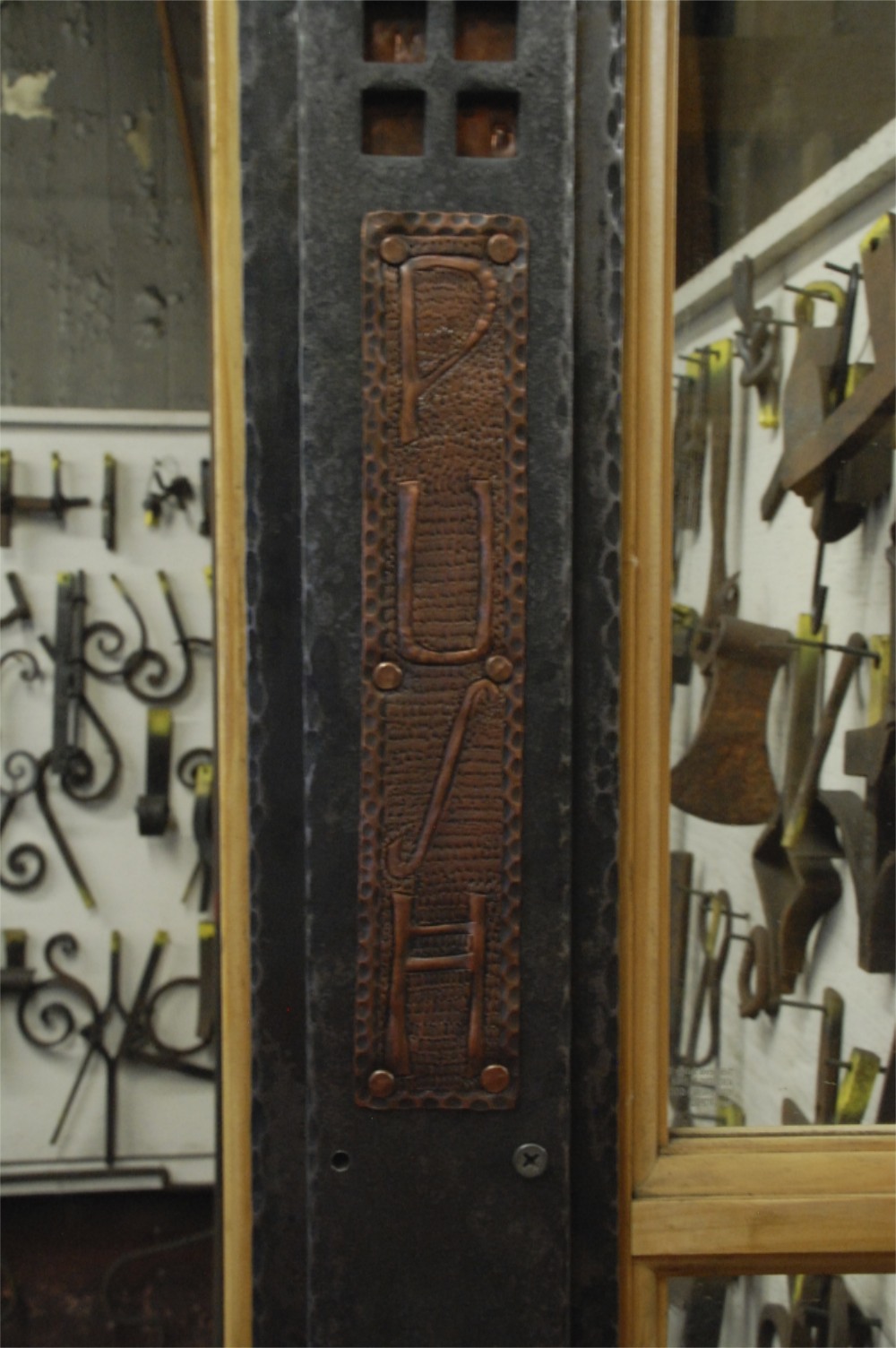
“blacksmiths don’t push or pull, they Push or Pull.” – Steve Barringer on being intentional in your design.
LD: I love this thing – it was functional before – it had those taped up signs that said “push” or “pull.” But now it is beautiful.
Mike Dixon: We wanted to make something that worked well for door hardware, but also that we could have up in the shop forever and that showed different techniques and smithing styles on it. It becomes a teaching tool. You can show a group of students what arts and crafts style iron work is, or what chasing/repoussé looks like by taking them over to the door. Some of these details are also afterthoughts, like these little knobs. Sometimes you actually need to pull the door closed so you need something to grab on to. You never know for sure whether these things are going to work until you put them in a shop and let people live with them for awhile and see how they do. Then you can figure out what needs to be adjusted or changed.
I was very excited to hear about the new and refurbished hardware for the Keith House front door. As a host, I use that door at least 10 times/day, often in a rush and carrying heavy things. I found Jack Wheeler, the blacksmith responsible for the new hardware and asked him to tell me about the project.
LD: How did the Keith House front door hardware project get assigned to you?
Jack Wheeler: When we get here on Sunday evening, all of the projects are all spread out all over the table and we each look at them and decide what we want to take on either on our own or with a partner. We usually pick two or three and start with the easiest one – to get warmed up. So then you go and evaluate what the issue is and try to figure out what the fix is and how you’re going to make it happen.
LD: So was the door an easy project or a hard project?
JW: An easy project. The only hard part about it was that since the door is heavy, you had to pull the latch pretty hard to open it. It hurt peoples’ hands when they opened it. The instinct is that you want to make the latch bigger. But if you make the latch bigger, it still needs to fit through the slot in the existing door when you install it. When I took the mechanisms apart, the thumb latch was completely worn out from 70 or 80 years of use. The rivet that holds it in was paper thin. The catch where the door latch comes up to rest was also completely worn out. So the project started with making and replacing those pieces of hardware. In order to expand the slot where the latch goes through, we had to heat up and expand the metal inside so that the new hardware would fit. After that it was just a standard door latch. For colonial times.
LD: I love that – it was just a standard door latch… for colonial times.
JW: You don’t see those kinds of door latches outside of places like this too often but they are a staple of the blacksmith trade. Everyone needs a door latch.
LD: I think this project is particularly beautiful because the Keith House front door is really most peoples’ first entrance into the Folk School. Whether they are coming in as students or instructors for registration, or community members coming to a concert, or visitors coming to pick up a map – the Keith House front door is their first touch on the Folk School and it is probably the most used piece of hardware on campus. How does it feel to have had a hand in refurbishing it and making it more functional and beautiful for the future?
JW: It feels awesome. All of us really feel like it is an honor to be here for Work Week. There are only 20 people in the world who get invited up here to do this. Not only do we work hard and get a lot done, we also learn so much from each other. Ron Nichols and I were talking earlier and saying to each other that when we look around the room at what everyone is doing, we can’t believe we invited to be among them. But everyone brings something different to the table. For example, Ron is a machinist. He looks at problems differently than the rest of us. Severt is a brain surgeon. And Clay of course is an ex-rocket scientist. He looks at problems and design totally differently. You can see – some folks come from a country blacksmithing background. Some folks come at this from rocket science.
LD: What do you do when you’re not at Work Week?
JW: I’m retired. I play with the grandkids. I teach. We have a group shop set up at the Tennessee Valley Railroad museum and Thursday is my teaching day there. I also work in my own shop a couple days a week. And I go for walks in the woods when I feel like it.
There was a gorgeous lampshade sitting on a table in the Francis Whittaker shop that totally caught my eye. I interviewed Ron Nichols, the blacksmith responsible for it.
LD: This thing is really really gorgeous. How do you get the texture on this piece of metal?
Ron Nichols: You put the piece on top of the coal fire on a high heat. When it starts to blister and it’s all at the same temperature, you take a blade and flake off all the scale and you do it again. You do it 3 times in total. We call the effect blistering. They the piece is chiseled all by hand. I also had to make the tools for the project as well. The difficult thing was not losing the thin lines in the design. It is a lot of precision work. I came with some idea of a design, as well as with some drawings and then just got to work on it once I got here. Clay had emailed me before Work Week because he knew I did chasing and repoussé work and he asked me to make a lamp for Mill House. But it’s looking like this may end up somewhere in Keith House.
LD: What is the actual shade made out of?
RN: The mica is mined locally. It comes from North Carolina.
LD: How many hours did it take to do the chiseling?
RN: For the chiseling, each of the sides took about 8 hours. Then there was the base and the construction of the shade as well.
Finally, the day after Work Week ended, I interviewed Julie Clark, a long time Folk School blacksmithing instructor, as well as the current president of the Folk School Board of Directors. We caught up outside the dining hall in between Work Week and a board meeting.
LD: What is your history with Work Week, Julie?
Julie Clark: I started coming to Work Week about 12 years ago. I was invited by Karen Rudolph who was the resident artist blacksmith at the time and of course Paul Garrett was involved as well. There are 20 blacksmiths that come to work week and I am the only girl these days. The guys are all perfect gentlemen though I think I probably keep the conversation at a bit of a higher level being there (laughs). But really – when I am down in the shop, I am just one of the guys. I know everyone feels this way, but I just have to say that it is such an honor to be a part of this group and to be invited to participate in Work Week year after year.
LD: What were you working on this week?
JC: I was working with Dave Smucker and Anthony Goodrum on building small treadle hammers. They are used for more fine and intricate work – things like repoussé and chasing. They will be very useful for Ernie Dorrell’s medieval iron work class, as well as for Bill Robertson’s chasing class. I think sometimes the students in those classes bring their own treadle hammers, but now the school will be able to provide them.
LD: You have an interesting duel role this week as both a blacksmith here for Work Week as well as being the president of the Board of Directors – here for a board meeting. Can you talk a bit about how one role informs the other?
JC: Well I have to say that my loyalty is to the blacksmiths first and foremost because I was a blacksmith first (laughs). I actually love coming here and playing different roles – sometimes as a student, or instructor, board member, or blacksmith. When I am here as a student, I try to keep the board member part quiet and just experience the Folk School as a student. It’s the same when I am here teaching as well.
LD: It was also a special week at the Folk School because we honored the memory of two long time Folk School instructors and members of the Folk School community who recently passed away – Charley Orlando and Don Neuenschwander.
JC: I think everyone who is a part of the Folk School community remembers distinctly their first class and first contact with the Folk School, and mine just happens to have been a weekend class with Charley Orlando, about 15 or 16 years ago. I remember the experience vividly because it was the spark that ignited my very long relationship to the Folk School which continues to this day. Charley was such an integral part of my introduction to the Folk School. People like Charley and Don were such important members of their craft communities. When you come to the Folk School, even for a week, you become a part of the community here as you connect with other craftspeople who share your interest, curiosity, and passion for a particular craft. It was really wonderful to connect with all of the people here this week for Work Week, the board meeting, as well as the celebration for Don and Charley.
I will give the last word on Work Week to Paul Garrett.
LD: Is it true what they say about blacksmiths eating more food in the dining hall?
PG: We do work hard and need to fuel ourselves, but I don’t think it’s true. I think blacksmiths have a bad reputation and it’s not actually founded on concrete evidence. (laughs).
* excerpt of “Cold Iron” by Rudyard Kipling
Gold is for the mistress
silver for the maid
Copper for the craftsman cunning at his trade.”
“Good!” said the Baron, sitting in his hall
“But Iron — Cold Iron — is master of them all.”
(full poem can be found here)




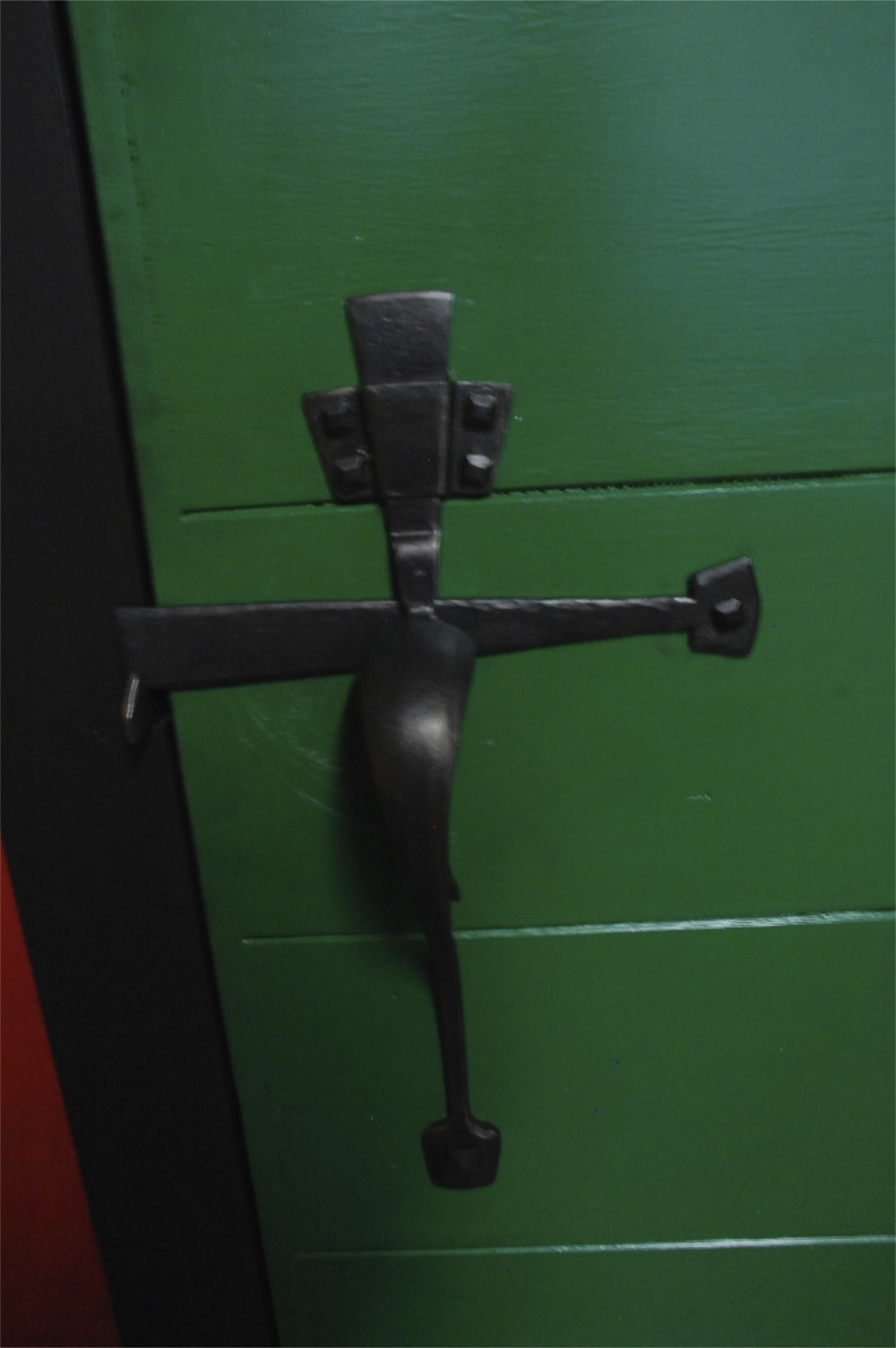
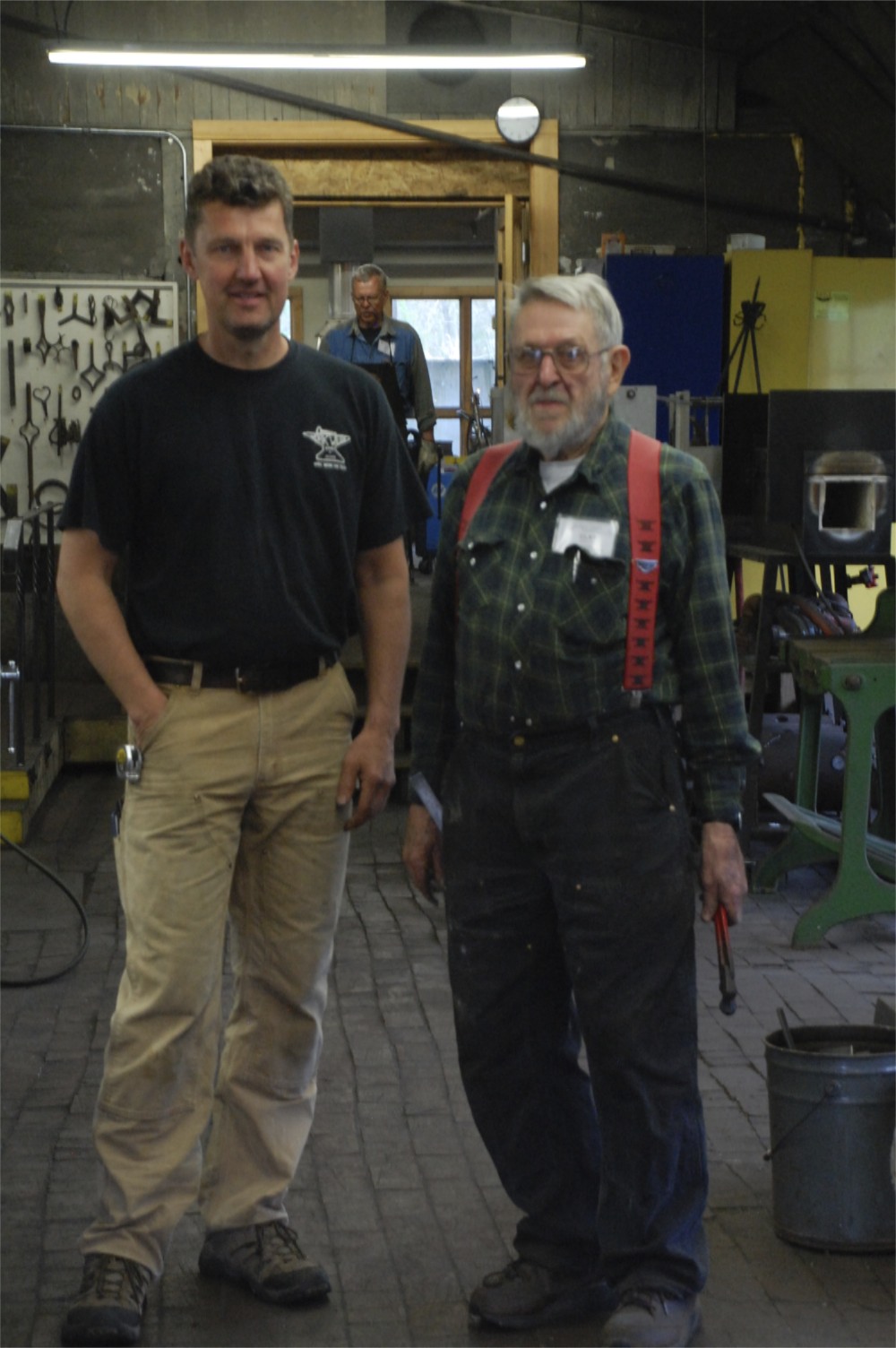
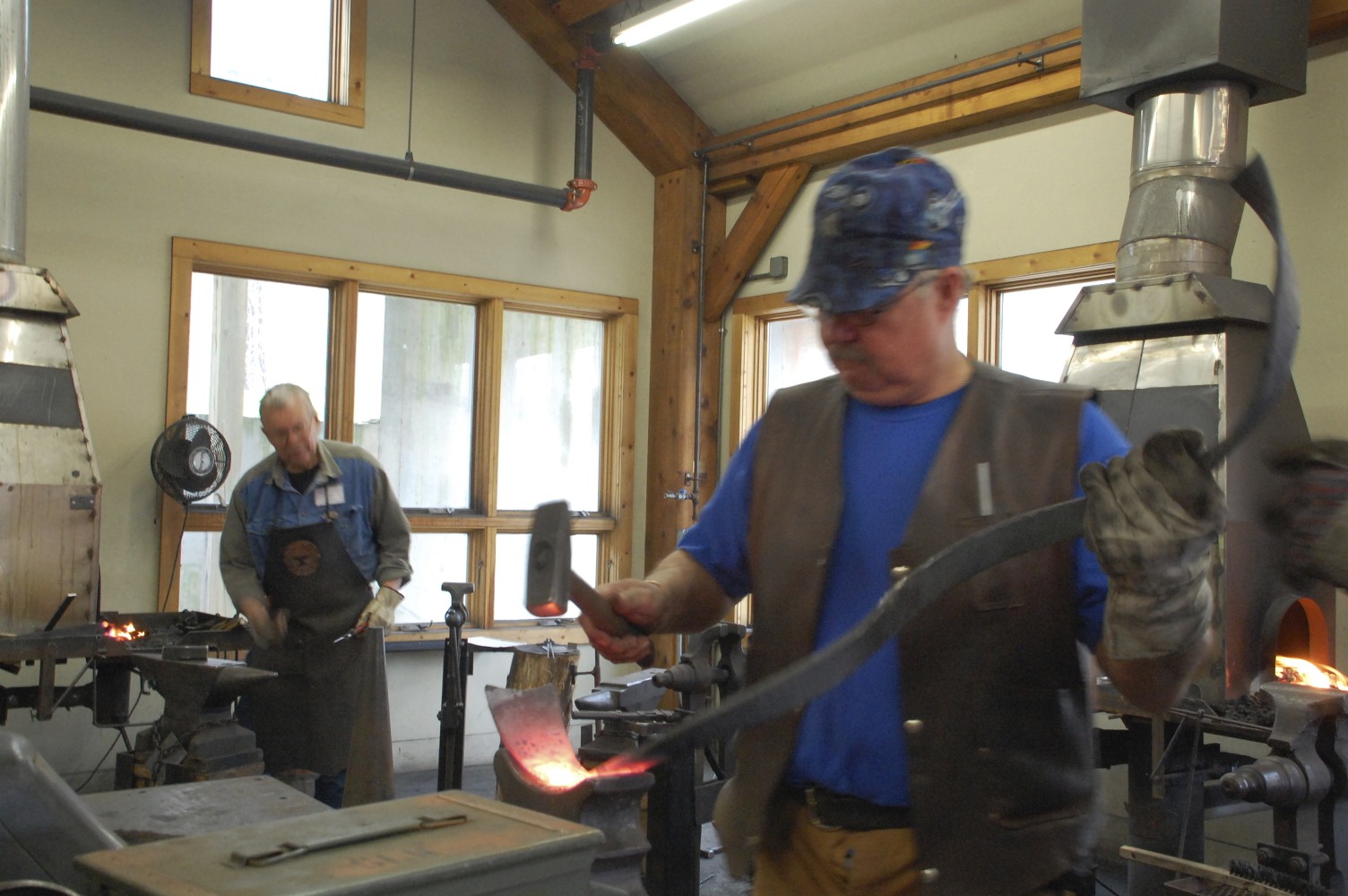
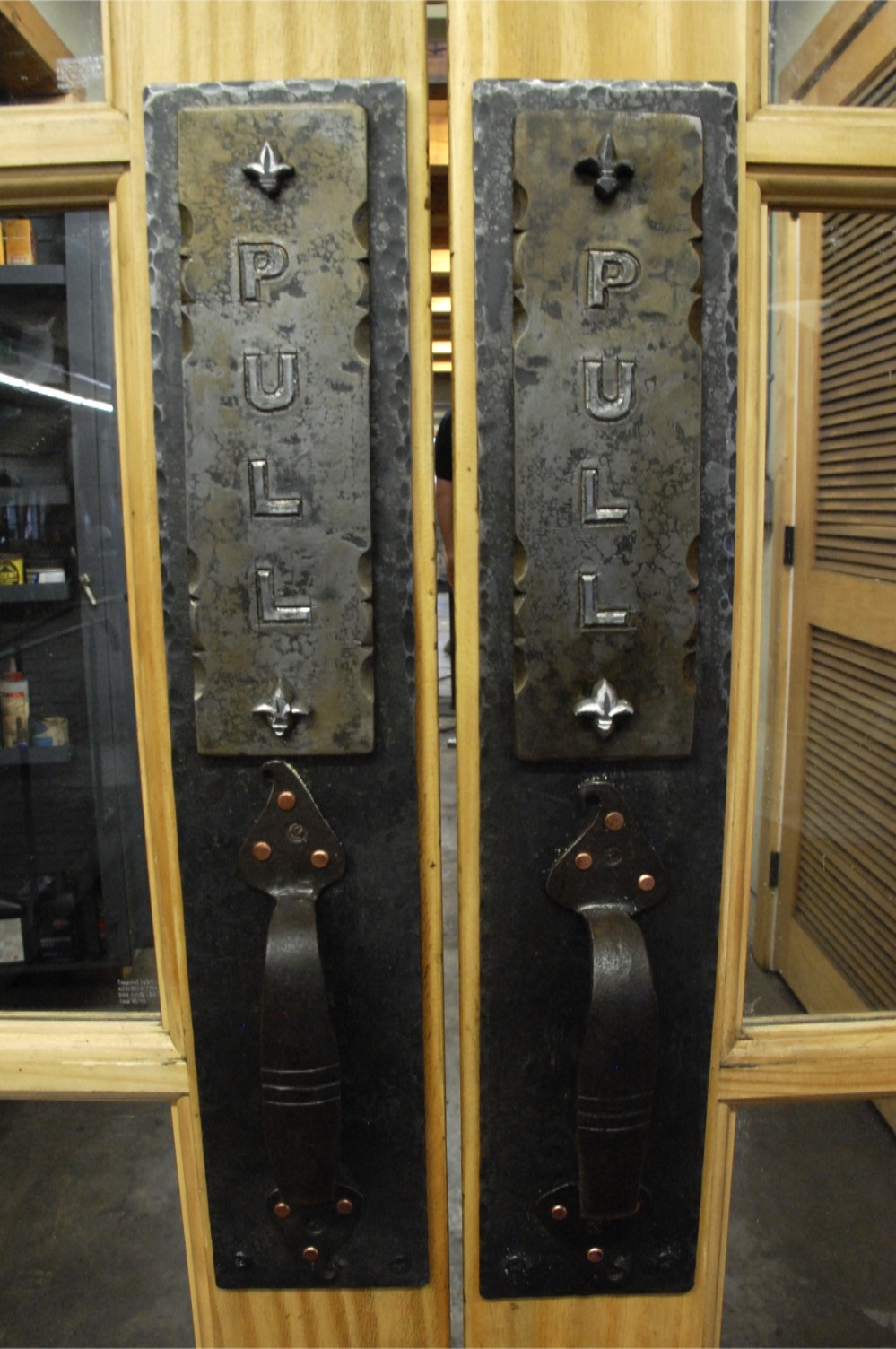
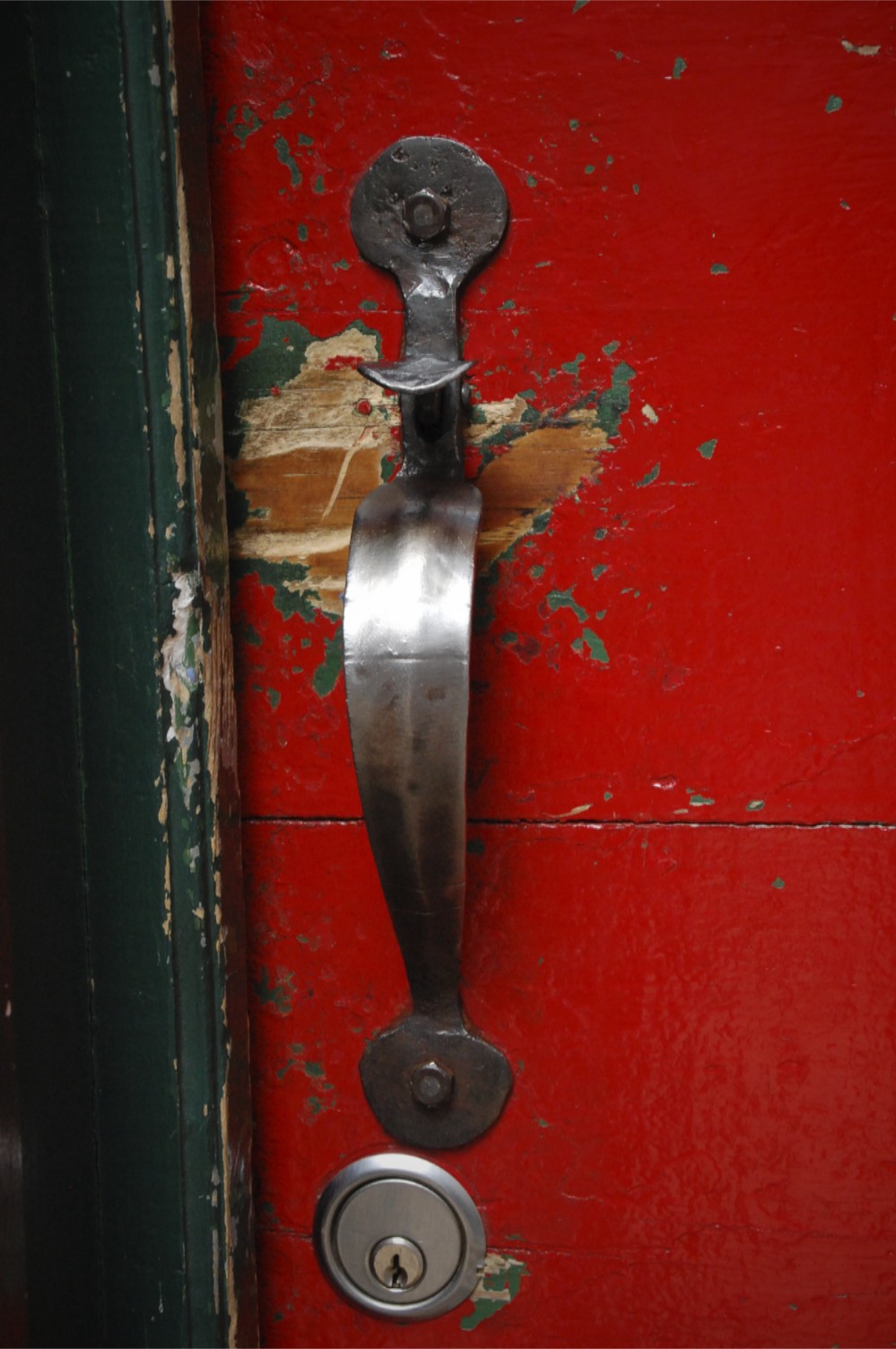
No Comments